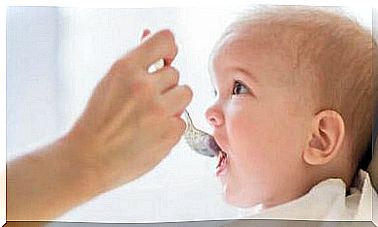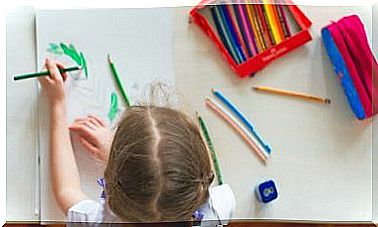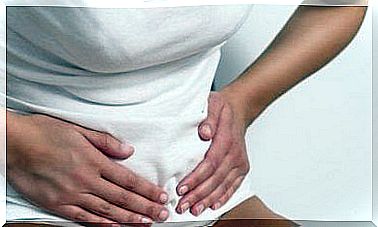How To Prevent Dehydration In Children And What To Do

During hot weather, fluid loss through sweating increases, and this increases the risk of dehydration in children. This health condition is potentially dangerous if measures are not taken in time. Therefore, it is important to teach parents how to prevent it.
It is important to note that children have two special conditions that make them more vulnerable to dehydration:
On the one hand, they tend to maintain a higher level of activity than their older ones and this leads to greater sweating. On the other hand, the smaller they are, the less total body fluid they have. This means that even with small losses, such as vomiting, the impact on their organism is more serious than for an adult.
Therefore, it is important to replace with sufficient amounts of fluid in case of loss to avoid imbalances that may affect the baby’s health.
What are the signs of dehydration in children?
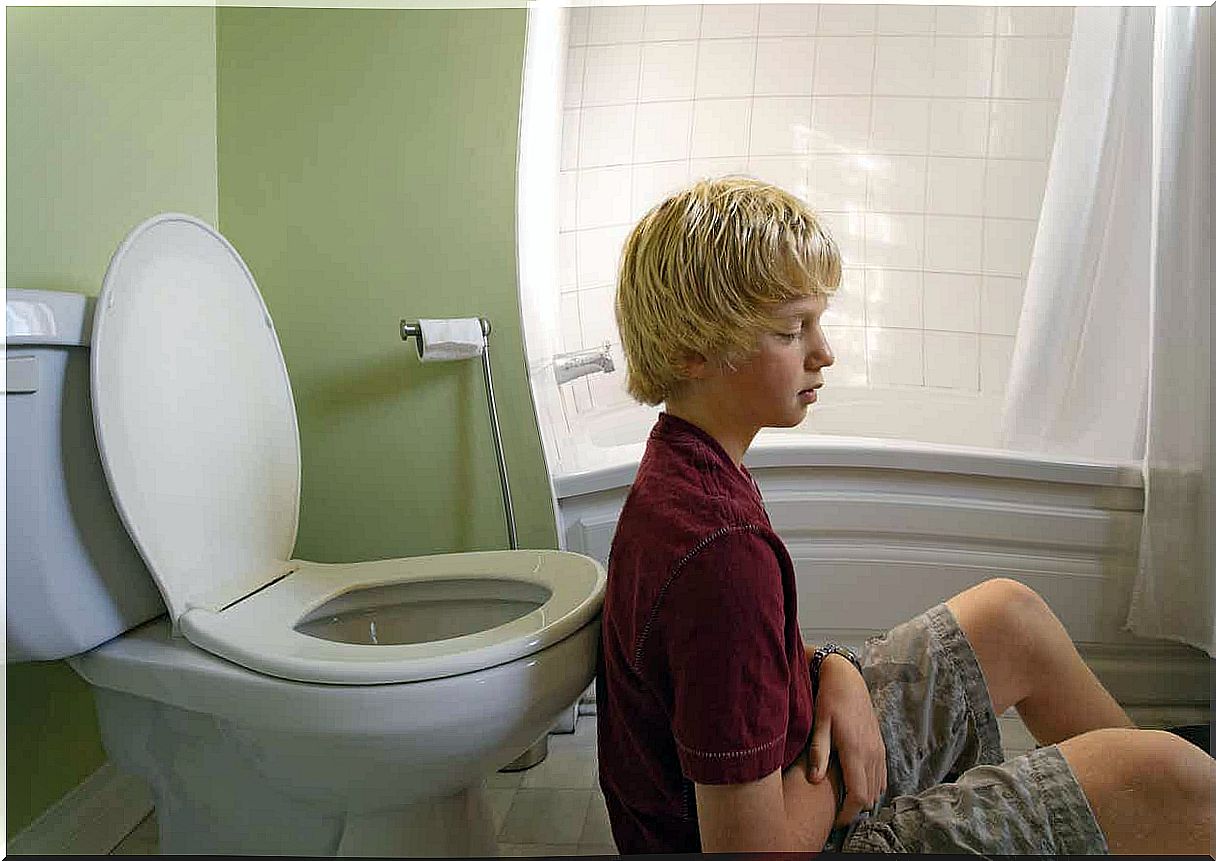
The most important risk factors for dehydration in children are diarrhea, vomiting, heat, heavy sweating and lack of access to drinking water. Usually, when a child becomes dehydrated, it may show the following symptoms:
- Dry mouth
- Absence of tears
- Sunken eyes
- Reduced urine volume
- Dry skin
- Irritability
- Drowsiness or dizziness.
How is dehydration treated?
It is important that you identify dehydration in time to implement an appropriate fluid replacement strategy. When this starts at home, the risk of progression to severe dehydration is lower and the chance that the child needs hospital care is reduced.
The ideal fluid to replace fluid loss in children is an oral rehydration solution. In addition to water, this solution consists of the right amount of mineral salts and sugars. You can buy this product at any pharmacy without a prescription and it should be given within 3 hours from the beginning of the loss.
You should start with small volumes repeatedly. For example, 10 milliliters every two to three minutes, usually with a syringe. The goal should be for the child to receive approximately 250 milliliters within one hour.
If the child accepts the salts well, you can increase the volume gradually. It is important to avoid vomiting, especially when dehydration is secondary to gastroenteritis.
It is important to note that infants may continue to breast-feed during the rehydration process. However, if the child receives milk substitute, it should be replaced with a special formula for these cases (eg partially hydrolyzed or lactose-free formula).
At the same time, it is important to avoid rehydrating a child with mineral water, juice, soda or broth, as these types of drinks do not have an appropriate proportion of mineral salts and sugar for this purpose. And many times they can even aggravate gastrointestinal symptoms.
In the most severe cases, intravenous administration of fluid will be chosen, but it will be the healthcare staff who will make this decision.
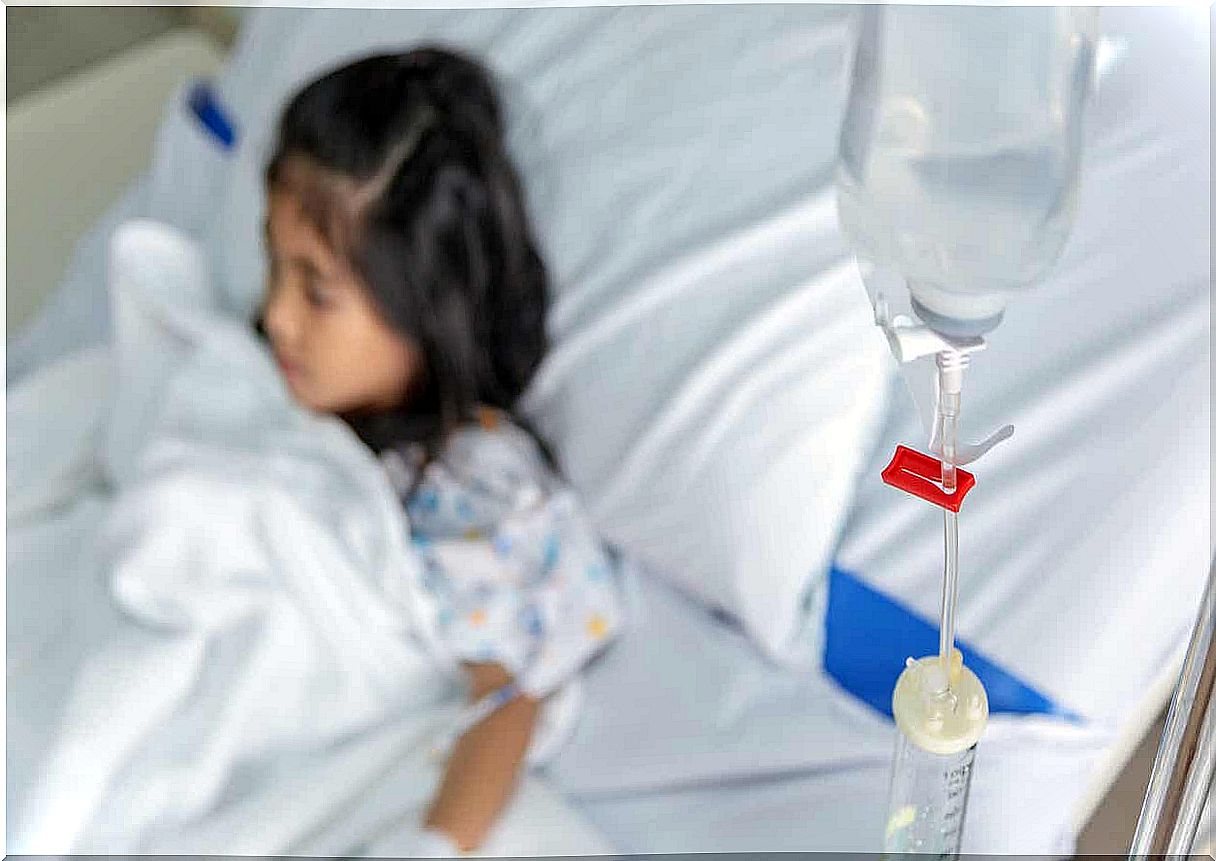
How to prevent dehydration?
To prevent dehydration, make sure your child consumes water often, especially on very hot days. If the child suffers from a disease that includes vomiting or diarrhea, replacement of fluids through the mouth will be part of the treatment.
If the child refuses to drink fluids due to pain (for example in the throat or abdomen), a common painkiller such as acetaminophen or ibuprofen may be offered. But in this situation, you should consult a specialist to rule out more serious diseases.
It is important to react correctly in case of dehydration in children
In accordance with what we have said, it is important that you identify the signs of dehydration early and respond as soon as possible. Otherwise, the condition may worsen, which means that you must take a trip to the emergency room to replace fluids intravenously.
Particular caution should be exercised when consuming fluids during the summer, as the risk of dehydration is higher. In case of diarrhea or vomiting, you must also pay close attention to the child’s symptoms to avoid reaching critical situations that could endanger their health.
